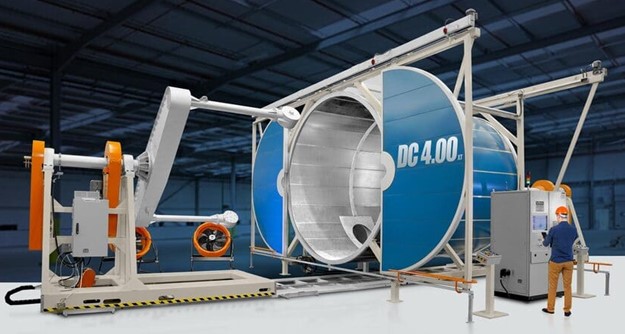Rotational Molding Explained: Process, Benefits, and Applications
Rotational Molding Explained: Process, Benefits, and Applications
Blog Article
Rotomolding, commonly referred to as the term "rotational Molding, is a versatile manufacturing process that has revolutionized the creation of hollow plastic products. This process is a combination of precision, efficiency, and creative versatility, which makes it the preferred choice for industries ranging from healthcare to automotive. Let's take a look at the reasons why rotational molding is considered the most reliable method for creating hollow plastic items.

The Precision Behind Rotational Molding
At its core, rotational molding is a method driven by precision. In contrast to other methods of manufacturing, it starts with a liquid or powdered material that is inserted into a hollow mold. The mold is then exposed to simultaneous heating and rotation along two perpendicular axes. The controlled heat melts the substance and evenly coats the interior parts inside the mould. When it is cooled and solidified, the result is a seamless, robust and hollow plastic item with no weak points.
One of the most notable benefits of rotating molding is the precision it brings to creating complex geometries. Intricate designs or uniform wall thickness, this process achieves high-quality results while reducing material wastage.
Trending Applications of Rotational Molding
Rotational molding continues to gain momentum, proving its value across a variety of industries. This is how it can be described as a trendsetter:
Automotive Industry: Air ducts, tanks for fuel and wheel arches are regularly made using rotational molding to ensure their toughness and lightweightness.
Healthcare Equipment A variety of medical-grade containers and devices are excellent examples of the precision achieved through rotomolding.
Consumer Goods: Water tanks, kayaks, playground equipment and furniture are some of the other common applications where durability meets design creativity.
With sustainability being a key factor in manufacturing, rotating molding can also allow recycled materials to be utilized efficiently, highlighting its green potential.
Why Rotational Molding Stands Out
Rotomolding gives industry professionals an advantage in the market due to its ability to create seamless, high-quality products using minimal materials. The cost-effectiveness of producing small, medium or even large-scale batches is a major draw to manufacturers. Additionally, the lengthy lifespan of products made from rotomolded materials means less cost of maintenance for customers and a boost in their popularity in a competitive market.

Rotational molding will undoubtedly remain a forefront player in plastic manufacturing because of its precision, adaptability, and compatibility with the latest industrial needs. Businesses looking for efficient solutions to high-quality and long-lasting hollow plastic products can benefit from this technique to stay ahead of the trend. Report this page